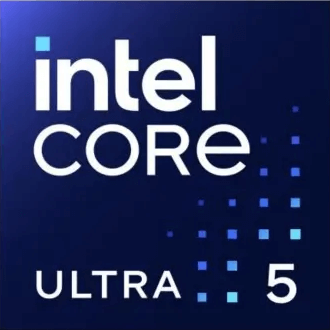Intel Core Ultra 9 288V vs Intel Core i7 12700H
We compared two laptop CPUs: Intel Core Ultra 9 288V with 8 cores 3.3GHz and Intel Core i7 12700H with 14 cores 2.3GHz . You will find out which processor performs better in benchmark tests, key specifications, power consumption and more.
Main Differences
Intel Core Ultra 9 288V 's Advantages
Released 2 years and 8 months late
Better graphics card performance
Higher specification of memory (8533 vs 5200)
Larger memory bandwidth (136GB/s vs 76.8GB/s)
Newer PCIe version (5.0 vs 4.0)
Higher base frequency (3.3GHz vs 2.3GHz)
More modern manufacturing process (3nm vs 10nm)
Lower TDP (37W vs 45W)
Intel Core i7 12700H 's Advantages
Larger L3 cache size (24MB vs 12MB)
Score
Benchmark
Cinebench R23 Single Core
Intel Core Ultra 9 288V
+5%
1877
Intel Core i7 12700H
1786
Cinebench R23 Multi Core
Intel Core Ultra 9 288V
10529
Intel Core i7 12700H
+50%
15877
Geekbench 6 Single Core
Intel Core Ultra 9 288V
+42%
2865
Intel Core i7 12700H
2011
Geekbench 6 Multi Core
Intel Core Ultra 9 288V
11064
Intel Core i7 12700H
+1%
11276
Cinebench 2024 Single Core
Intel Core Ultra 9 288V
+18%
122
Intel Core i7 12700H
103
Cinebench 2024 Multi Core
Intel Core Ultra 9 288V
545
Intel Core i7 12700H
+68%
916
Blender
Intel Core Ultra 9 288V
138
Intel Core i7 12700H
+107%
287
Passmark CPU Single Core
Intel Core Ultra 9 288V
+22%
4448
Intel Core i7 12700H
3641
Passmark CPU Multi Core
Intel Core Ultra 9 288V
20996
Intel Core i7 12700H
+27%
26713
General Parameters
Sep 2024
Release Date
Jan 2022
Intel
Manufacturer
Intel
Laptop
Type
Laptop
x86-64
Instruction Set
x86-64
Lunar Lake
Core Architecture
Alder Lake-H
288V
Processor Number
i7-12700H
FCBGA-2833
Socket
BGA-1744
Arc Graphics 140V
Integrated Graphics
Iris Xe Graphics (96EU)
Ultra 9(Lunar Lake)
Generation
-
Package
3 nm
Manufacturing Process
10 nm
17-37 W
Power Consumption
45 W
100 °C
Peak Operating Temperature
100 °C
TSMC
Foundry
-
CPU Performance
4
Performance Cores
6
4
Performance Core Threads
-
3.3 GHz
Performance Core Base Frequency
2.3 GHz
5.1 GHz
Performance Core Turbo Frequency
4.7 GHz
4
Efficiency Cores
8
4
Efficiency Core Threads
-
3.3 GHz
Efficiency Core Base Frequency
-
3.7 GHz
Efficiency Core Turbo Frequency
-
8
Total Core Count
14
8
Total Thread Count
20
100 MHz
Bus Frequency
100 MHz
33
Multiplier
23x
48 KB per core
L0 Cache
-
192 K per core
L1 Cache
80 K per core
2560 K per core
L2 Cache
1280 K per core
12 MB shared
L3 Cache
24 MB shared
No
Unlocked Multiplier
No
1
SMP
-
Memory Parameters
LPDDR5X-8533
Memory Types
DDR5-4800, DDR4-3200, LPDDR5-5200, LPDDR4x-4267
32 GB
Max Memory Size
64 GB
2
Max Memory Channels
2
136 GB/s
Max Memory Bandwidth
76.8 GB/s
No
ECC Memory Support
No
Graphics Card Parameters
true
Integrated Graphics
true
600 MHz
GPU Base Frequency
300 MHz
2050 MHz
GPU Max Dynamic Frequency
1400 MHz
1024
Shader Units
768
Texture Units
48
Raster Operation Units
24
8
Execution Units
96
30
Power Consumption
15 W
4.2 TFLOPS
Graphics Performance
2.150 TFLOPS
AI Accelerator
Intel® AI Boost
NPU
-
48 TOPS
Theoretical performance
-








